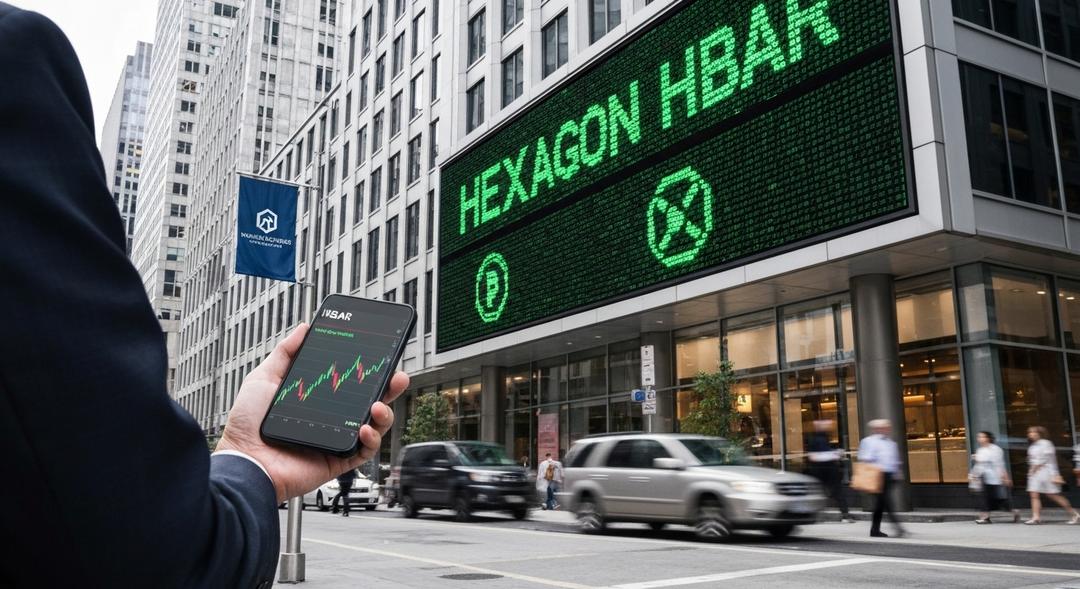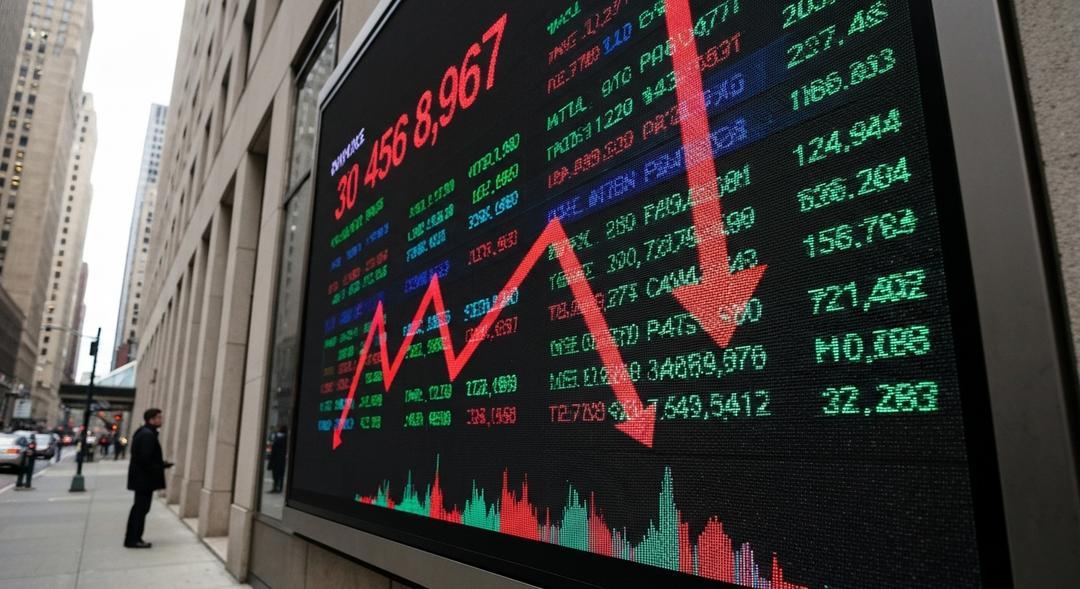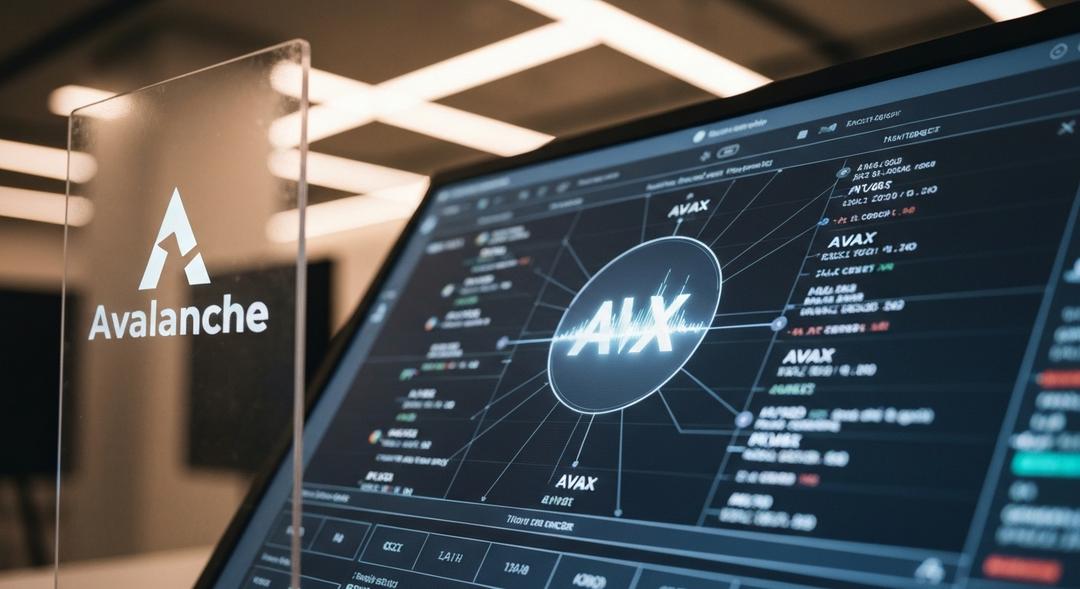Ethereum’s validator exit queue sits at its longest wait ever. The surge follows a rapid 160 percent rise in ether’s price, prompting a wave of stakers to cash out of the network.
As of this week, well over 600,000 ether valued above 2 billion dollars was queued for withdrawal. This has extended wait times for validators wanting to exit, with the backlog now surpassing delays seen during January’s spike. The demand highlights the mechanics of Ethereum’s proof of stake system, which only allows a limited number of validators to leave per day. People who staked at much lower prices are now looking to lock in profits.
Some market observers say this pattern repeats each time Ethereum experiences a significant price movement. Not only has the retail crowd sought to capitalize on gains, but large institutions may be moving assets or switching custody arrangements. Ethereum’s protocol deliberately restricts exits to preserve network stability, which leads to these bottlenecks in periods of heavy demand.
Jito, a foundation focused on the Solana ecosystem, has announced a new Block Assembly Marketplace to shake up how Solana schedules and executes transactions. Known by its short name BAM, the platform is being positioned as a way for developers to access more transparent and customizable transaction sequencing. It uses a mix of secure hardware, enhanced validator software, and plug-ins that allow applications to program their own transaction logic.
The arrival of BAM is intended to open up new revenue opportunities while also minimizing the problematic practice known as Maximal Extractable Value. Developers believe greater visibility and programmability in block creation will encourage innovation and reduce the risks of manipulation or unfair prioritization of blockchain transactions. The mainnet rollout will start soon, featuring top validators across the Solana ecosystem, who will act as early partners.
Attention is also turning to transaction processing on Ethereum, where nearly half of all validators are now backing an increase in the network’s gas limit from 36 million to 45 million units. Gas, the currency users pay for each computational step on Ethereum, determines how many transactions fit into each block. Raising the gas cap means more transaction capacity and possibly lower congestion, assuming blocks can process more at once.
The last time the Ethereum gas ceiling was adjusted came earlier this year after a period of prolonged stability. Such changes typically occur by validator consensus, without requiring hard forks or disruptive code upgrades. The ongoing debate reflects growing demand and the increasing scope of decentralized applications, signaling that network capacity is always under review.
Meanwhile, Dogecoin developers are preparing a new feature through DogeOS, aiming to bring advanced cryptographic verification to the famously playful currency. The plan, proposed by the MyDoge wallet team, revolves around enabling the Dogecoin network to natively verify certain zero knowledge proofs. Beginning with the Groth16 scheme, this ability would lay groundwork for more sophisticated applications on Dogecoin, such as off chain rollups and streamlined smart contracts.
Importantly, this upgrade is designed to be modular and backward compatible. Old nodes simply ignore the new instructions, so they can remain active without issue. Developers see the approach as a way to keep Dogecoin’s main chain fast and simple while offering more to those pursuing complex decentralized applications.
Elsewhere, Polymarket continues internal discussions on whether to create its own stablecoin or instead enter a revenue sharing arrangement tied to current stablecoins in use on its platform. The decision centers around who controls the yield from reserve assets, with considerable revenue potential at stake. No final decision has been reached by Polymarket’s leadership.
A different headline sees SharpLink Gaming, a company with deep ties to Ethereum’s origins, having increased its ether holdings well past the billion dollar mark. Recent disclosures highlighted a leap in purchasing activity, with over 79,000 ETH acquired in one week alone. The company is reinvesting proceeds from equity offerings with a goal to steadily increase long term Ethereum exposure.
In the policy arena, President Donald Trump put pen to paper on new stablecoin regulations this week. The freshly signed legislation, passed with strong bipartisan support, brings long awaited clarity for stablecoin issuers in the United States. Major industry leaders joined lawmakers at the White House to witness the occasion, marking a key moment for institutional acceptance.
Meanwhile, the US Senate released a discussion draft to address broader market structure rules for digital assets. The proposal introduces definitions for tokens that do not qualify as securities, and invites regulatory agencies to develop specific guidance. This measure, if adopted, could help streamline oversight and facilitate more robust market growth.
Upcoming events look to maintain momentum. September’s Korea Blockchain Week, Token2049 in Singapore, and Solana Breakpoint in Abu Dhabi are just a few highlights drawing attention across the global digital asset community. The season promises a steady stream of new developments and thought leadership as blockchain adoption continues to accelerate.
Conclusion
Ethereum’s growing validator exit queue and renewed interest in network capacity show how dynamic blockchain infrastructure can be as prices change. Stakers are reminded of how technology, market incentives, and community decisions interact during times of volatility and expansion.
With innovation such as Solana’s BAM and Dogecoin’s embrace of cryptographic proof verification, the industry continues to evolve. As regulatory frameworks advance and high profile companies invest further, it has never been easier to Start Cloud Mining or participate at any level in the expanding crypto landscape.

Ewan’s fascination with cryptocurrency started through his curiosity about innovative technologies reshaping the financial world. Over the past four years, he has specialized in cloud mining and crypto asset management, diving deep into mining contracts, profitability analysis, and emerging trends. Ewan is dedicated to helping readers understand the technical and economic aspects of crypto mining, making complex information accessible and actionable.




